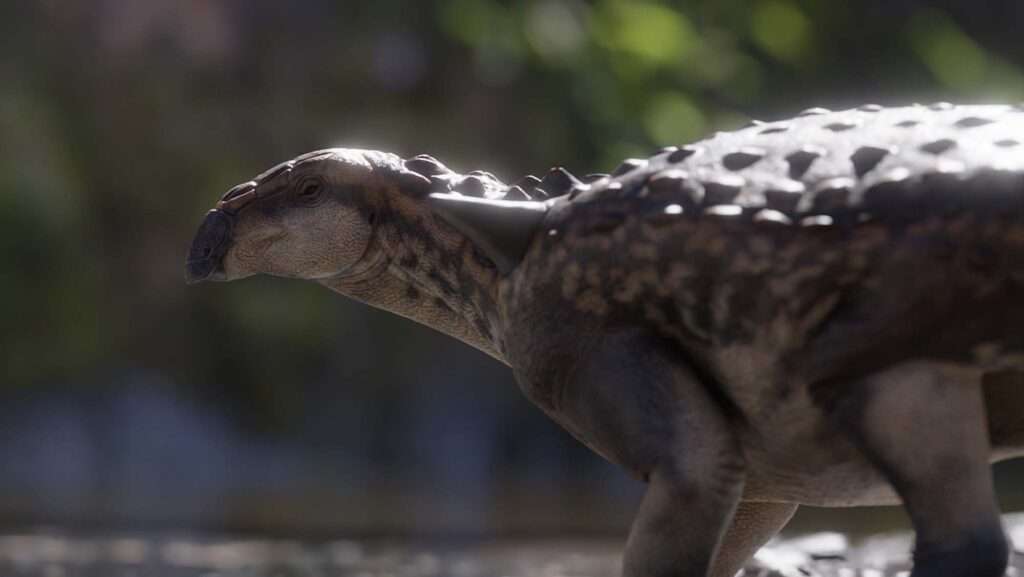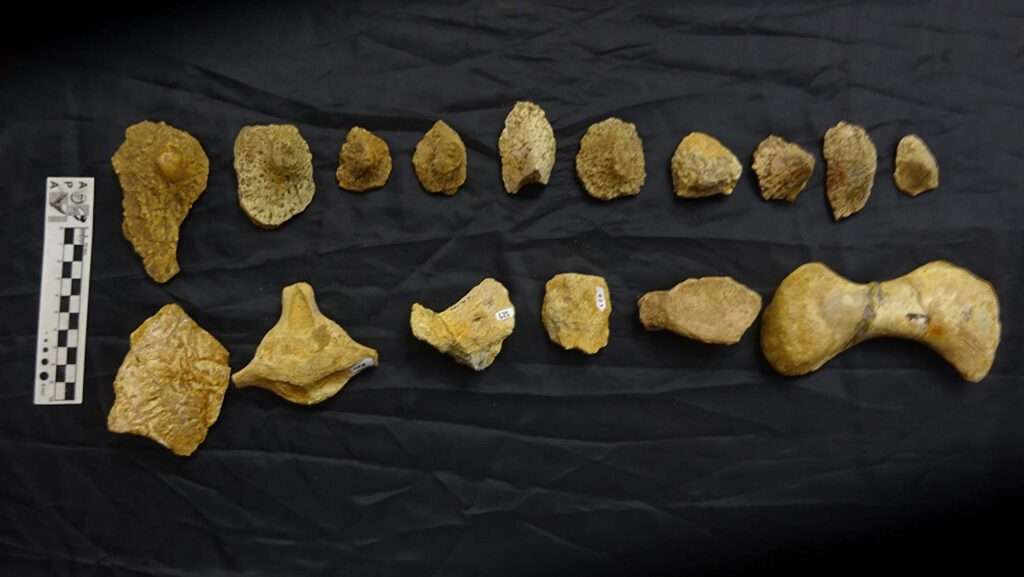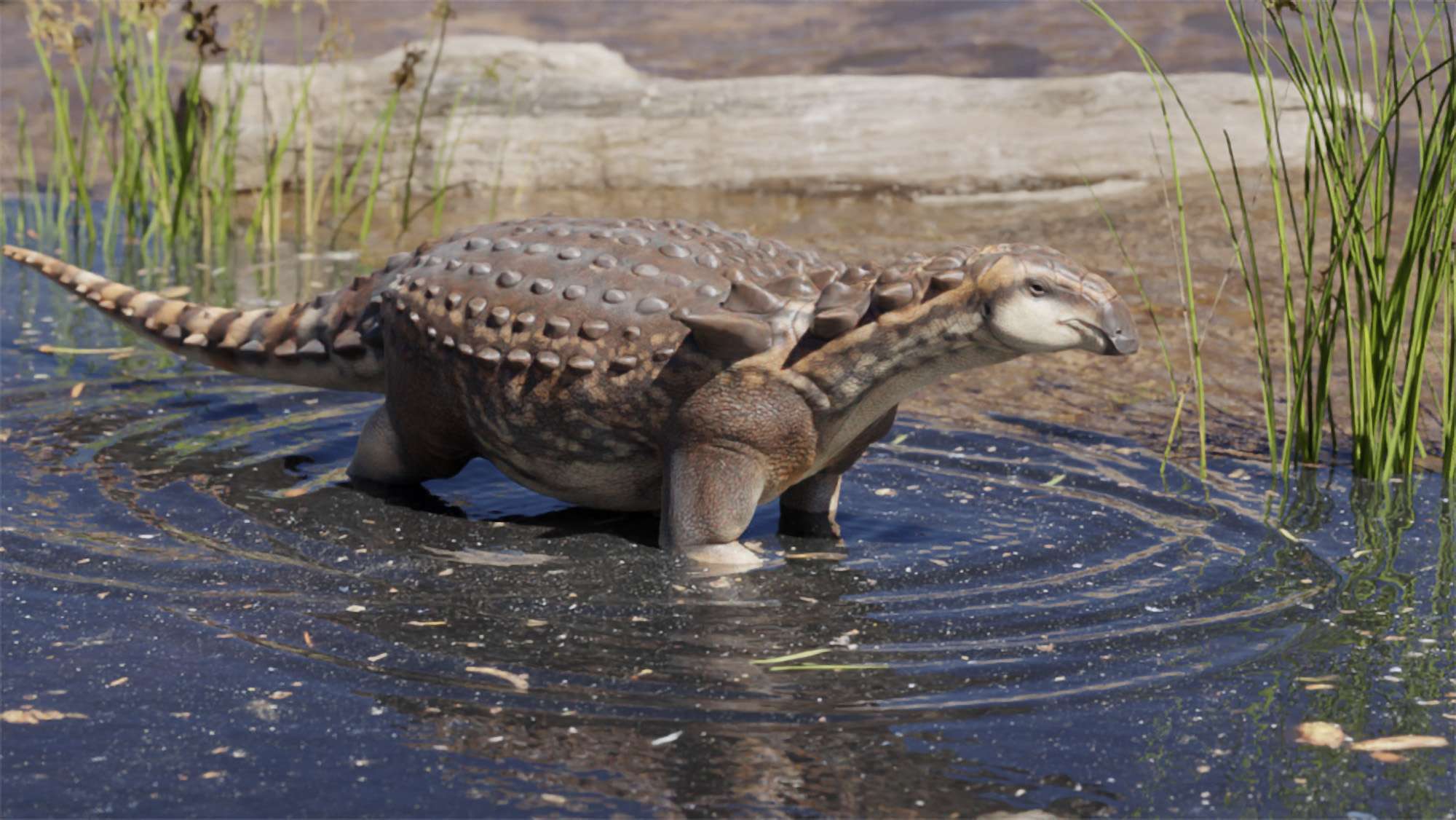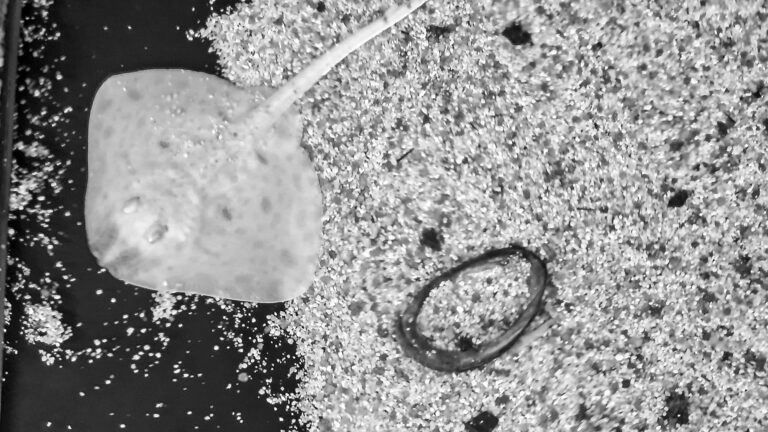Scientists have confirmed they have found a new species of dinosaur that was a smaller relative of the massive ankylosaurs, famous for its club-like tail.
The ankylosaur was also heavily armoured and likewise the newly discovered dinosaur that lived in Patagonia 70 million years ago had similar protective armour.
But it was discovered that it was smaller and also different species from analysis of the bones that were found to be different to any other identified ankylosaurus

A study on the new dinosaur by scientists from the Argentine government’s National Scientific and Technical Research Council looked at different collections of bones found in and around the town of Salitral Moreno, located south of the city of General Roca in the Province of Rio Negro.
They reported that the newly discovered dinosaur species had inhabited Argentine Patagonia at the end of the Cretaceous period, about 70 million years ago.
Which they described as The new species, a small ankylosaur, was named Patagopelta cristata and the research was published in the Journal of Systematic Palaeontology.
Facundo Riguetti, first author of the work, said: “The study acquires relevance given that Patagopelta is the first species of ankylosaur described for the continental territory of Argentina, which fills the existing gap for this group and adds a new theory to the very few incomplete and indeterminate remains known for our country from this type of ornithischian dinosaurs”.

Although the team that studied the fossil remains found in Salitral Moreno were not responsible for the original discovery, it was their work that evaluated the findings and other work that had been going on from the 80s onwards.
They added that bones found so far while confirming a new species, do not make it possible to reconstruct a complete animal, nor do they come from the same individual.
The ankylosaurs are a group of herbivorous quadrupedal dinosaurs, protected by shells on the head and the entire back and tail of the animal, which have an extensive fossil record for the Cretaceous of the northern hemisphere, but very scarce in the southern hemisphere, where only have found a few species in Australia, Chile, Antarctica and Morocco.
Patagopelta is a nodosaurid, one of the two large families, along with the ankylosaurids, into which ankylosaurs are traditionally divided. Nodosaurids are characterized by having large spines in the neck and shoulder area, as well as lacking the caudal clubs or clubs present in the ankylosaurid group.
The best-preserved element from Patagopelta is the femur, which is complete and shows all the characteristics typical of nodosaurids. One of the most important and distinctive remains is a portion of the neck armour, which has particular spines and crests of this specimen. This is the reason why it was named Patagopelta cristata , which means Patagonian crested shell.

On the other hand, one of the most abundant elements collected in Salitral Moreno corresponds to the individual pieces that make up the extensive protective armour, called osteoderms -bone shields formed under the skin- similar to the shields that can be seen today in the back of crocodiles and alligators. These elements, arranged in parallel rows along the animal’s back and tail, gave the ankylosaur protection while it lived.
Sebastian Apesteguia, co-author of the study and CONICET researcher at the Felix de Azara Natural History Foundation, said: “For an armored dinosaur, Patagopelta is extremely small. Due to the size of the femur, only 25 centimeters long, we estimate that the animal must have been between two and three meters long, while, in general, ankylosaurs are medium-sized or large animals, with an average length of between four and five meters.”
Nodosaurids are a group of ankylosaurs that evolved in the Northern Hemisphere, but towards the end of the Cretaceous, a continental bridge was established between South America and North America, allowing biological exchange between the hemispheres.
While long-necked dinosaurs such as titanosaurs migrated to the north, duck-billed dinosaurs and nodosaurid ankylosaurs entered from the north to the south, as well as lizards and mammals such as weasels or opossums.
Apesteguia added: “That is why in South America we only expect to find animals like Patagopelta in rocks from the late Cretaceous, just before the global extinction of the dinosaurs took place.”
According to the diagnosis of the specialists, it is possible that the small size of Patagopeltais linked to some dwarfism event.

Riguetti said: “One hypothesis is that it is due to the biological event known as ‘island rule’ or insular dwarfism, which implies, due to the scarcity of resources, only the smallest specimens have a chance of surviving on the islands, since they demand less maintenance from the environment.
“And indeed, at the end of the Cretaceous, northern Patagonia was invaded by an arm of the Atlantic Ocean known as the Kawas Sea, which restricted the passage of many species, several of which adapted to life on the northern islands. from Patagonia.
“This is likely related to dwarfism in ankylosaurs and also in the jumping saurine titanosaurs of that time.”
To find out more about the author, editor or agency that supplied this story – please click below.
Story By: Michael Leidig, Sub-Editor: Marija Stojkoska, Agency: Newsflash
The Ananova page is created by and dedicated to professional, independent freelance journalists. It is a place for us to showcase our work. When our news is sold to our media partners, we will include the link here.




